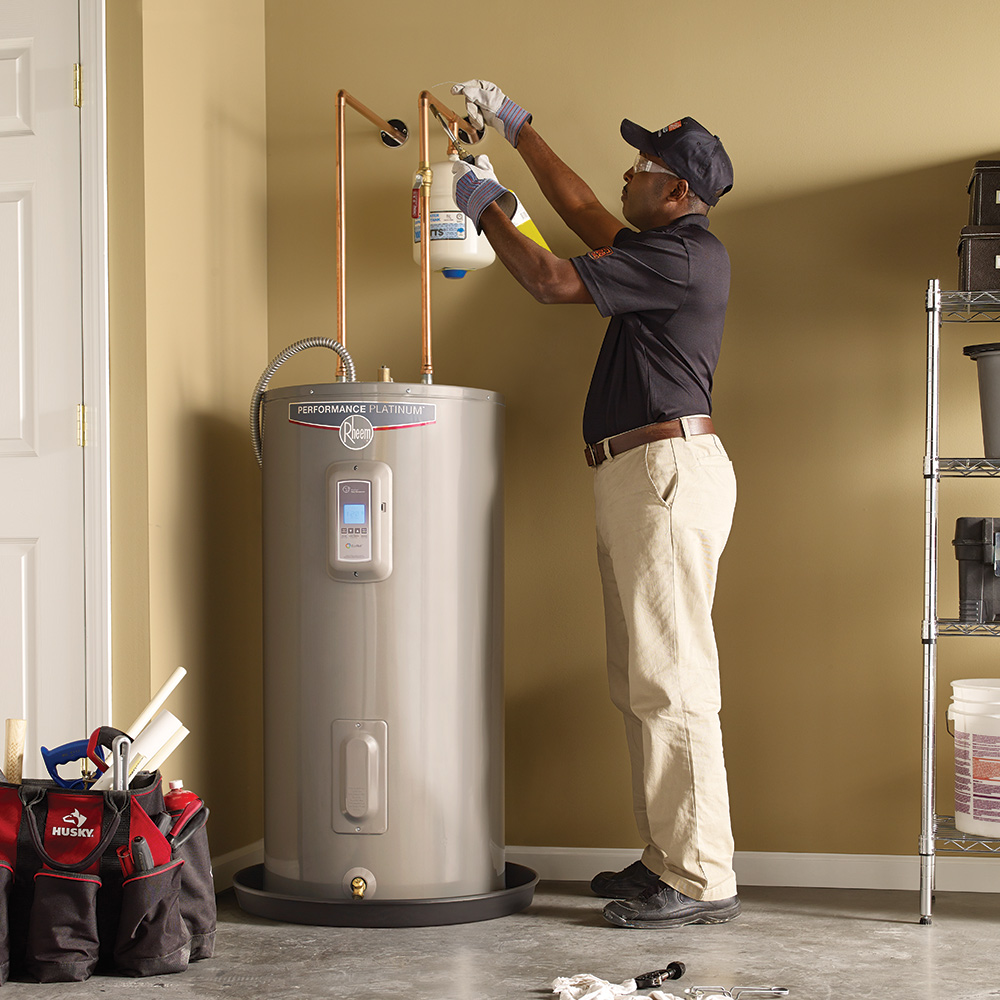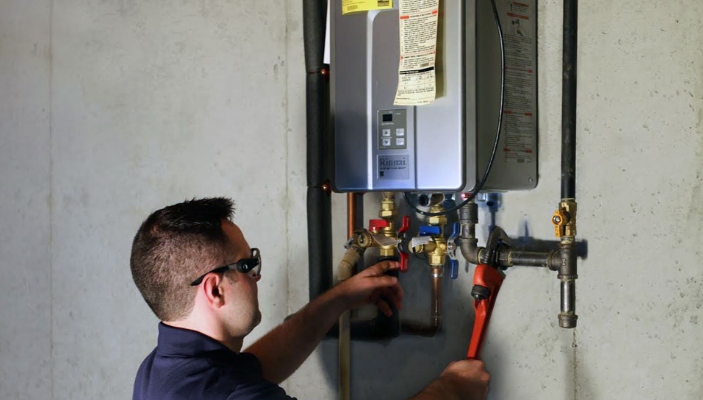They are making a number of great points related to Water Heater Maintenance Tips You Can't Afford to Forget in general in the content down below.

Warm water is essential for everyday convenience, whether it's for a refreshing shower or cleaning recipes. To ensure your warm water system runs efficiently and lasts longer, regular maintenance is crucial. This write-up provides useful pointers and insights on exactly how to keep your home's hot water system to prevent disturbances and pricey repairs.
Introduction
Preserving your home's warm water system could seem difficult, yet with a couple of simple steps, you can guarantee it runs smoothly for many years ahead. This overview covers everything from recognizing your warm water system to DIY maintenance ideas and recognizing when to call in professional assistance.
Value of Preserving Your Warm Water System
Normal upkeep not only extends the life expectancy of your hot water system but likewise guarantees it runs successfully. Ignoring upkeep can bring about decreased efficiency, higher energy bills, and even premature failure of the system.
Indications Your Hot Water System Requirements Maintenance
Understanding when your warm water system requires focus can protect against significant concerns. Keep an eye out for indications such as irregular water temperature level, odd sounds from the heating unit, or rustic water.
Comprehending Your Hot Water System
Before diving into upkeep jobs, it's handy to recognize the standard parts of your warm water system. Commonly, this includes the water heater itself, pipes, anode rods, and temperature level controls.
Monthly Maintenance Tasks
Regular month-to-month checks can aid capture small problems prior to they intensify.
Flushing the Water Heater
Flushing your hot water heater gets rid of debris accumulation, enhancing effectiveness and extending its life.
Checking and Replacing Anode Rods
Anode rods protect against deterioration inside the tank. Inspecting and replacing them when broken is vital.
Examining and Adjusting Temperature Level Setups
Changing the temperature settings guarantees optimal efficiency and security.
DIY Tips for Maintenance
You can carry out several upkeep jobs on your own to keep your hot water system in leading problem.
Checking for Leakages
Consistently check pipes and connections for leakages, as these can result in water damage and greater expenses.
Testing Stress Alleviation Valves
Checking the pressure safety valve ensures it functions appropriately and avoids excessive stress buildup.
Shielding Pipelines
Insulating warm water pipes reduces warm loss and can save power.
When to Call an Expert
While do it yourself maintenance is valuable, some concerns call for expert proficiency.
Facility Problems Calling For Expert Aid
Examples consist of major leakages, electrical troubles, or if your water heater is consistently underperforming.
Regular Specialist Upkeep Advantages
Professional maintenance can consist of extensive inspections, tune-ups, and making certain compliance with safety and security standards.
Verdict
Regular upkeep of your home's hot water system is crucial for effectiveness, long life, and cost financial savings. By adhering to these suggestions and understanding when to look for professional assistance, you can make certain a reputable supply of hot water without unforeseen disturbances.
How to Maintain an Instant Hot Water Heater
Before tinkering with your hot water heater, make sure that it’s not powered on. You also have to turn off the main circuit breaker and shut off the main gas line to prevent accidents. Also turn off the water valves connected to your unit to prevent water from flowing into and out of the appliance. 2. When you’re done, you have to detach the purge valves’ caps. These look like the letter “T” and are situated on either side of the water valves. Doing so will release any pressure that has accumulated inside the valves while at the same time avoid hot water from shooting out and burning your skin. 3. When the purge valves’ caps are removed, you have to connect your hosing lines to the valves. Your unit should have come with three hoses but if it didn’t, you can purchase these things from any hardware or home repair shops. You can also get them from retail stores that sell water heating systems. Read the user’s manual and follow it to complete this task properly. When the hosing lines are connected, open the purge port’s valves. 4. You should never use harsh chemical cleaners or solutions when cleaning your unit. Make use of white vinegar instead. It should be undiluted and you’ll probably use about 2 gallons. 5. Now flush your water heater. This task should probably take about 40 minutes. We can’t give you specific directions for this because the procedure is carried out depending on the type, model and brand of your heater. With that being said, refer to the user’s manual. 6. When you’re done draining the unit, you have to turn off the purge port valves again. Remove the hosing lines that you earlier installed on each of the water valves. Put the valve caps (purge port) back in their respective places and be very careful so as not to damage the rubber discs that are found inside these caps. 7. Now that everything’s back in place, check your user’s manual again to find out how to reactivate your water heating system. 8. Once it is working, turn one of your hot water faucets on just to let air pass through the heater’s water supply pipes. Leave the tap on until water flows smoothly out of it. https://www.orrplumbing.com/blog/2014/september/how-to-maintain-an-instant-hot-water-heater/

We had been made aware of that editorial about Tips on Maintaining a Water Heater from a friend on another blog. Enjoyed reading our article? Please share it. Let other people discover it. Thank you for your time. Please check our blog back soon.
Call Today